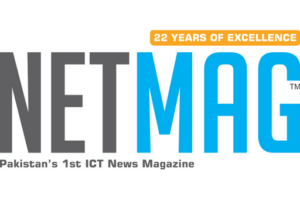Honda is the latest company to announce the closure of its manufacturing facility as a result of inventory and part shortages that auto manufacturers are still struggling with. This article delves into the details of this development and its potential impacts.
Introduction
The global automotive industry has been facing unprecedented challenges in recent times, and inventory and part shortages have been at the forefront. Honda, a well-known name in the industry, is no exception to these difficulties. The company recently made an announcement that it would be closing its manufacturing facility for an entire week, from October 24 to October 31. However, they also mentioned that this plan could be subject to change.
Previous Production Halt
To understand the significance of this recent announcement, it’s essential to look back at Honda’s history. The automotive giant had previously halted its production for a substantial period, from March to May. This earlier production halt had substantial implications for the company and the industry at large.
READ MORE: Pakistani Rupee Gains Momentum Against the US Dollar
Toyota Indus Motor Company’s Production Halt
Honda is not the only major player facing production challenges. Toyota Indus Motor Company (IMC) had also previously announced a production halt due to a lack of stock. In their case, production is expected to remain halted until November 17. This synchronized pause in production is not a coincidence and suggests a deeper issue affecting the industry.
Pricing Adjustments Post-Resumption
One of the key points of interest after the production resumes is how both Honda and Toyota Indus Motor Company will adjust their car prices. The reason behind these adjustments is a significant change in the US Dollar to Pakistani Rupee exchange rate, which dropped from Rs. 307 per US Dollar to Rs. 280. This exchange rate alteration will undoubtedly have a cascading effect on the auto industry.
Exchange Rate Impact
The change in the exchange rate is a significant factor to consider. It is not just a numerical adjustment but a potential game-changer for the entire industry. The dependency of the auto industry on imports, particularly in terms of parts, makes it vulnerable to fluctuations in exchange rates. If this rate remains stable at its current level, it is highly likely that it will lead to reduced car costs. However, it’s crucial to watch this space as it unfolds.
Conclusion
In conclusion, Honda’s decision to close its manufacturing facility due to inventory and part shortages reflects the broader challenges faced by the automotive industry. The impact of this closure, along with Toyota’s similar decision, extends beyond just these companies. It signifies the intricate web of global factors that affect the auto industry.




